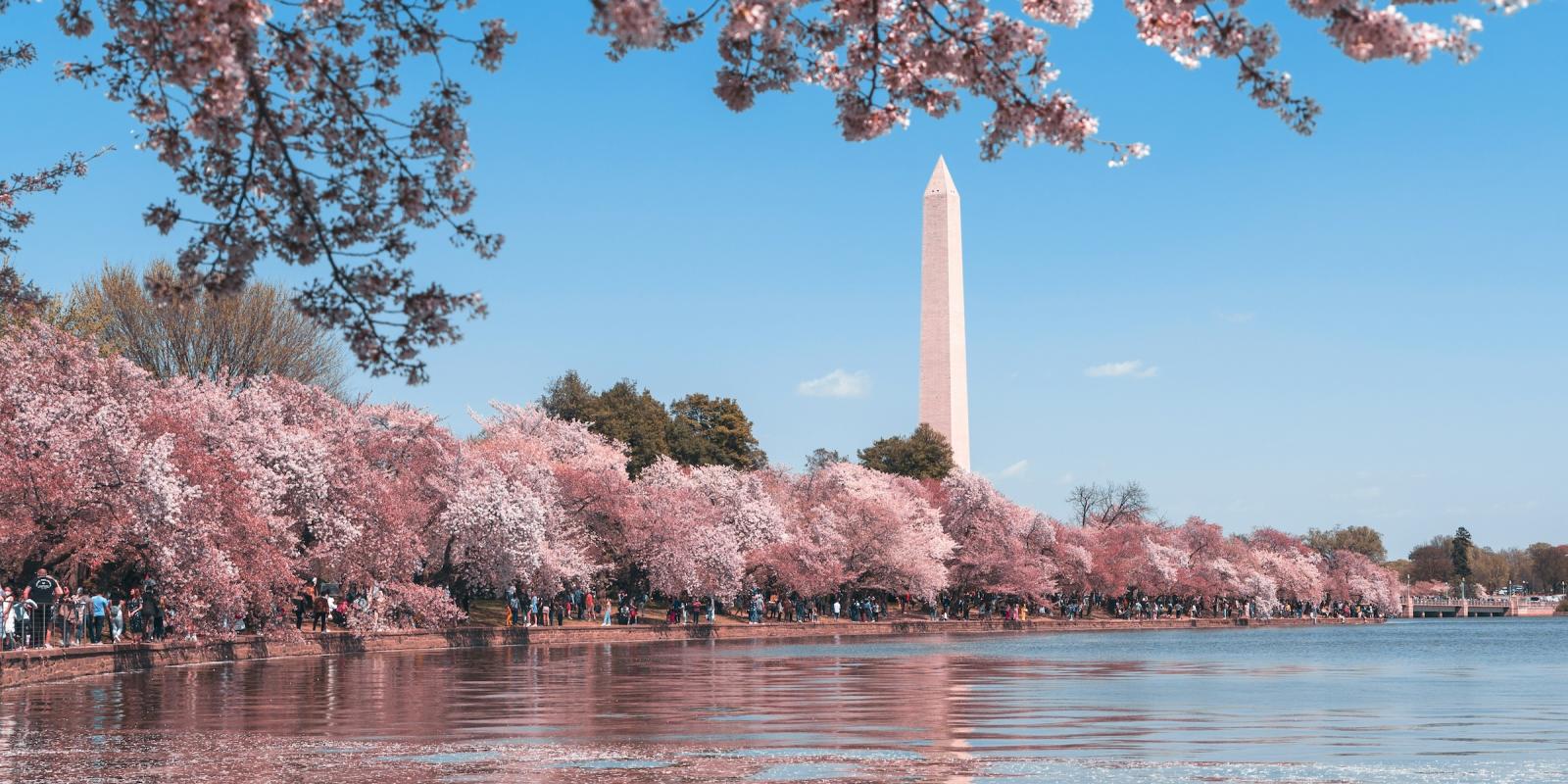Go-go music is a signature Washington, D.C. sound and the D.C. Public Library has started an archive to preserve its history. Archivist Derek Gray is leading the charge and is seeking heirlooms related to the D.C. go-go scene: CDs and audio recordings of Chuck Brown and other go-go artists, flyers, posters, event advertisements, photographs, videos, DVDs, and other memorabilia. Help preserve the legacy of D.C.’s homegrown sound for future generations!
